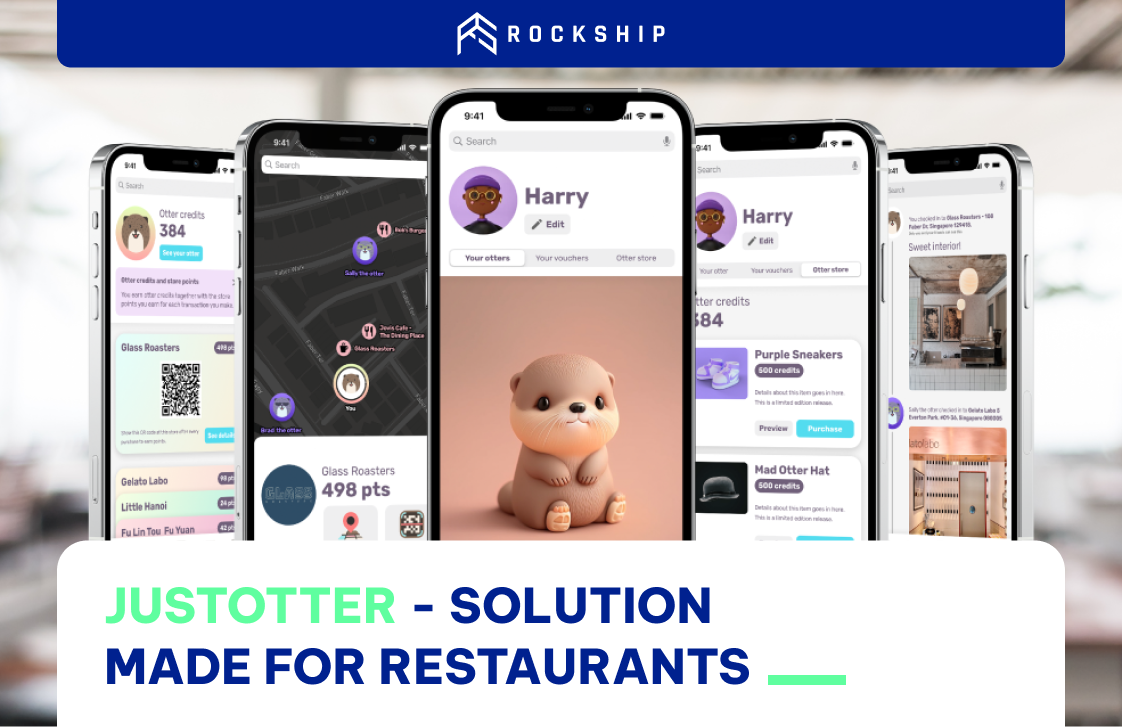Let's be honest, most of us struggle to build a successful IT team at some point, whether you run a startup or a big corporation. The demand for skilled professionals continues to outpace the supply, driving up salaries and recruitment costs. According to U.S. Labor statistics, as of December 2020, the global talent shortage amounted to 40 million skilled workers worldwide. By 2030, the global talent shortage is expected to reach 85.2 million. This means that there is a higher chance your new developers will not nearly fit their job role. So, what's now? Before settling with whoever you have, there is some hiring advice that you might want to know in this article.
The Hiring Struggle Is Real
Finding skilled tech talent is no easy feat these days. Sometimes, traditional hiring method just does not work. The demand for technology professionals across industries far outpaces the supply. Competition is fierce, and the hiring process can drag on for months. For startups running lean, this shortage of IT talent can seriously hamper innovation and delay critical product launches.
Competition is fierce, and the hiring process can drag on for months
Tech professionals have their pick of opportunities
With specialized skills in high demand, they can choose from a sea of companies all want their expertises. For startups, this makes attracting top talent an uphill battle. You're going up against big players with deep pockets and established brands. This dynamic requires startups to craft compelling value propositions to entice exceptional individuals amidst this competitive landscape.
Sourcing the "right" candidates requires significant time and resources
Finding the ideal candidates demands a considerable investment of time and effort. This involves creating a clear job description, making it visible on job platforms, and sifting through numerous resumes. It's like searching for the perfect piece of a puzzle – it takes dedication to ensure that each candidate fits just right. There are hundreds, if not to say, thousands of resumes to review, demanding careful attention as you navigate through the various skills and experiences presented in the resumes, striving to uncover the individuals who align best with your team's needs and goals.
But even you find the best ones with the right tech stacks, echnical expertise will not work out alone, soft skills do matter. The interview session can help you with this. But this process alone can span many rounds over several weeks. And after investing heavily in the search, there's no guarantee you'll find someone who's the perfect fit.
Recruitment Is Not The Only Problem, Here Come The Administrative Tasks...
There are contracts to draft, employment terms to negotiate, and local labor laws to follow. But that is not enough. You'll have to handle payroll, insurance paid time off, and more for each new hire.
...and the onboarding process
Once you do make a hire, ramping up a new team member and getting them fully productive can take 2-6 months or more. For time-sensitive projects, this delay can be costly. And if the new hire doesn't work out, you're back to square one.
And if the new hire doesn't work out, you're back to square one!
Thinking Outside the Box: Alternative Strategies To Find Tech Talents
So you’ve exhausted the usual hiring method and still have technical roles to fill. Time to get creative! Here are a few outside-the-box strategies to tap into new talent pools:
Non-Traditional Education
Don’t limit yourself to 4-year computer science degrees. Explore the potential of candidates possessing associate's degrees, specialized certificates, or those who have nurtured their abilities through self-guided learning. Place emphasis on actual skills and proven competence rather than being exclusively swayed by formal credentials. Valuable engineers can emerge from uncharted territories, showcasing how excellence isn't confined to conventional paths.
Coding Bootcamps
Partner with a coding bootcamp to hire recent graduates. These intensive programs produce entry-level developers and engineers with skills that match current technologies. Bootcamp grads are eager to gain real-world experience, so they make motivated hires. You’ll need to provide mentorship, but you gain access to an untapped pool of up-and-coming tech talent. By tapping into this resource, you not only establish a symbiotic relationship but also pave the way for nurturing and harnessing a dynamic pool of potential that can greatly enhance your workforce.
Outsourcing Services
If you have an product to build, but the idea of establish a whole IT department in-house sound exhausted, outsourcing can be the right fit for you. Your only job is to come to an outsourcing service provider and pay a certain amount. Your partner will get you an application based on your requirements. Thus, you only choose one partner with skilled talents, and the rest is handled. This model is perfect for startup owners who do not want to dive deep into technology details but still have a product vision that is ready for the market.

Rockship has a successful case of outsourcing to illustrate: When the pandemic strikes, JustOtter has realized technology becomes a crucial tool for local businesses to compete with one another. Thus, they came to Rockship for a modular restaurant operation system that allows restaurants to deploy a fully integrated system based on their specific needs. The app was made in a way that non-tech employees can easily use. In this way, JustOtter did not have to build a whole IT department to boost their business ahead with this restaurant app.
Outstaffing Services
Outstaffing services involves hiring remote or off-site professionals through a third-party provider to work on specific projects or tasks for a determined period. So, what are the differences between outstaffing and outsourcing?
Outstaffing model allows companies to quickly access skilled professionals without the need for long-term hiring commitments or the complexities of onboarding full-time employees. Just imagine it like you have a special engineers that is perfectly suit your interest. But instead of hiring them directly, another company helps you officially recruit this this engineers. This company takes care of dealing with payroll and legal activities, like paying benefits, bonuses, equipment, holidays, and employer taxes. Usually, these providers will have a talent pool that is on-demand, so that they can select the candidates of your interest quicker compared to the traditional hiring method.
If that is what you are looking for, you can check out our outstaffing service. Through our vast talent pool and advanced AI-integration, we can build an IT team for you within 1 month only. And we guarantee that these talents will deliver.
Check out 4 Reasons Why Building Your IT Team With Rockship Is A Smart Move!
Conclusion
And there you have it, a comprehensive guide for building your tech dream team. Whether you tap into your network for referrals, scout local meetups for rising stars, take a chance on junior developers with raw potential, or look overseas for untapped talent pools, the key lies in embracing a diversified approach that aligns with your organization's unique needs and goals. Remember that building a successful IT team is not just about finding individual talents, but also about fostering a collaborative and innovative environment where these talents can thrive and contribute synergistically. By implementing the tips and best practices outlined here, you're well-equipped to navigate the challenges of talent acquisition and create a powerhouse IT team poised for success in an ever-evolving digital landscape.



